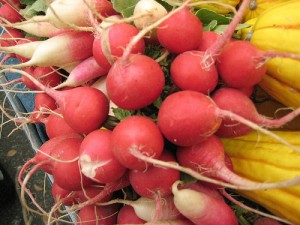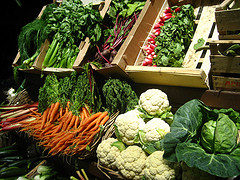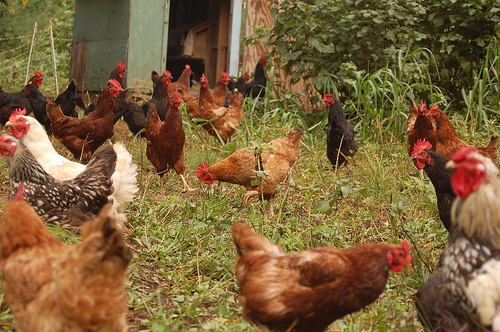 Fall is a great season where the weather slowly begins to cool down and prepare for the winter chill. It’s a wonderful time to plan a fall garden so you can harvest delicious ingredients for hearty and healthy dishes and even prepare for favorite holidays that are just around the corner.
Fall is a great season where the weather slowly begins to cool down and prepare for the winter chill. It’s a wonderful time to plan a fall garden so you can harvest delicious ingredients for hearty and healthy dishes and even prepare for favorite holidays that are just around the corner.
To make the most out of your fall garden, take some time and think about it.
When to Plant and Harvest
There are several different types of crops that are ready for harvesting in fall but it’s important to know when to plant each type of crop. The three main types are: early maturing, mid maturing and late maturing.
Early Maturing
Early maturing crops can take as little as 30 days for them to be ready. This means they can be planted as late as mid to late September for a nice fall harvest.
Some of the best early maturing plants are:
• Chives
• Radish
• Bunching onions
• Spinach
• Broccoli
• Lettuce
• Mustard greens
Mid Maturing
Mid maturing crops usually take anywhere from 40 to 60 days to mature and should be planted in early to mid-August for proper harvesting.
Some of the best mid maturing plants are:
• Leeks
• Turnips
• Collard greens
• Kale
• Swiss chard
• Kohlrabi
• Leaf lettuce
• Beets
Late Maturing
Late maturing plants require the most time to reach maturity and should always be planted in early to mid-July for proper harvesting. This is especially important since they usually require 90 days to fully mature and are not very hearty against frost.
Some of the best late maturing plants are:
• Parsnip
• Carrots
• Brussels sprouts
• Cauliflower
• Cabbage
• Peas
Care
As with most vegetable gardens, it’s important to provide the crops adequate light and to water regularly, without leaving them soggy in the ground. Since the fall season is not very hot or dry in most areas, watering once or twice weekly should do the trick.
Fertile soil is important for healthy growing crops, so make sure to prepare the soil with rich organic matter just before planting. This will help give the plants a healthy boost to grow strong and mature properly.
Spacing
If you would like to maximize the space in your garden, consider planting the crops that do not require as much space between each plant. Carrots, radish, parsnip, peas, spinach, beets, bunching onions and leeks are all great choices since you can grow anywhere from 9-16 plants in an area measuring 4 feet squared.
If you would like to grow other larger plants like leafy greens, make sure to provide adequate spacing between each plant for the best possible results. Lettuce, cabbage, kale, broccoli and other leafy vegetables should only be spaced 1-4 in an area measuring 4 feet squared.
Plan your fall garden ahead of time and try to play around with the different vegetable to achieve a pretty looking garden filled with beautiful colors and textures that are pleasing to the eye and will provide wonderful nutrients and flavors for many delightful dishes.
Find Out More About the Food4Wealth System Now and Learn How to Make Your Garden Amazing
 Do you want to eliminate your fresh food bill?
Do you want to eliminate your fresh food bill?
If you’ve ever wanted to be self sufficient and grow your own food, then I highly recommend that you check out the Food4Wealth system for growing quality food without all the problems.
The Food4Wealth system can help you build a sustainable garden that regenerates all by itself. Click here to see if it is right for you.
Pic by cambodia4kidsorg.




No comments yet.